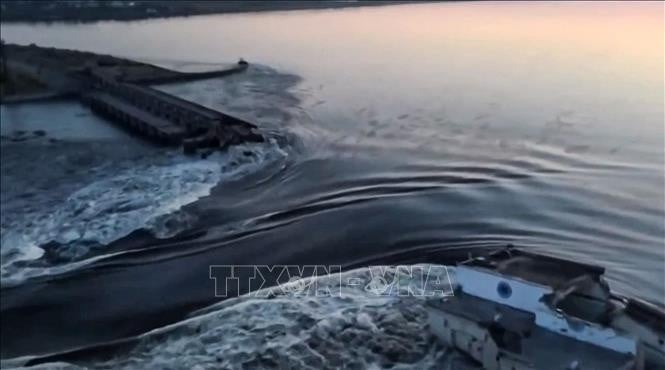
On social media, Daria Zarivna, communications adviser to the Chief of Staff of the President of Ukraine, said that 150 tons of engine oil had spilled into the Dnieper River due to the dam collapse. Ukrainian President Volodymyr Zelensky warned of the risk of another 300 tons of oil leaking into the river.
Upstream of the dam is the Kakhovka reservoir, which holds about 18 cubic kilometers of water, roughly the same volume as the Great Salt Lake in Utah. Ukrainian Foreign Minister Dmitry Kuleba warned that the flooding caused by the dam breach could cause “long-term and irreversible damage” to ecosystems in the region. According to him, animals at the Nova Kakhovka zoo have died due to rising water levels, and this is only the beginning of the damage to wildlife in southern Ukraine. He also warned of the risk of ecological destruction not only in Ukraine, but also on a regional scale.
Foreign Minister Kuleba called for an urgent meeting of the UN Security Council following the Kakhovka dam collapse.
Meanwhile, the Investigative Committee of the Russian Federation, which investigates serious crimes, announced that it had opened a criminal investigation into the sabotage of the Kakhovka dam.
A state of emergency has been declared in the town of Nova Kakhovka, which is controlled by Russian troops in Ukraine's Kherson province, following the collapse of the Kakhovka hydroelectric dam.
Moscow and Kiev blamed each other for the Kakhovka dam collapse and gave conflicting information about the safety of the Zaporizhzhia nuclear power plant, about 150 km away.
The Kakhovka Dam supplies cooling water to the Zaporizhzhia nuclear power plant. The incident has raised concerns about a nuclear accident at Europe's largest power plant.
On the same day, June 6, the International Atomic Energy Agency (IAEA) said that the agency currently does not see any risk to nuclear safety, but is looking for ways to provide cooling water to the Zaporizhzhia nuclear power plant after the Kakhovka dam was damaged.
In a statement to the IAEA Board of Governors, IAEA Director General Rafael Grossi said the agency was closely monitoring the situation at the Zaporizhzhia plant, but had not detected "an immediate nuclear safety risk".
The damage to the Kakhovka Dam has caused the reservoir’s water level to drop by 5cm per hour. At dawn on June 6, the reservoir’s water level was around 16.4m. Mr Grossi warned that if the water level drops below 12.7m, the reservoir will not be able to pump enough water into the plant, adding that this could happen in the next few days.
The plant’s reactors have been shut down, but they still need cooling water to ensure a nuclear disaster does not occur. Mr Grossi warned that a prolonged lack of cooling water in critical cooling systems could cause fuel to melt and disrupt the operation of emergency diesel generators.
Zaporizhzhia plant staff are working to pump water into cooling water channels and associated systems, while temporarily suspending water supplies to non-essential plant operations, the IAEA said. The agency is also determining whether a large cooling lake near the site can provide cooling water for the next few months. The lake is located on a reservoir.
The head of the IAEA stressed that the cooling water reservoir must be preserved and called on all parties to ensure its integrity. Mr Grossi is scheduled to visit the Zaporizhzhia plant next week.
Source







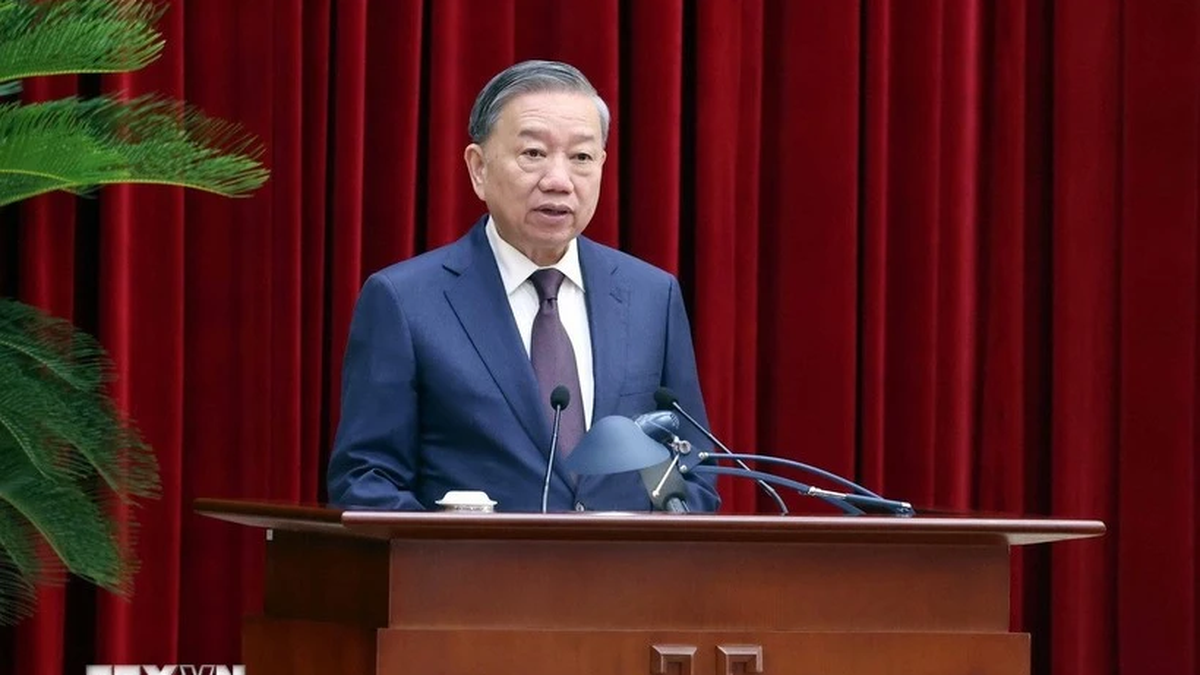

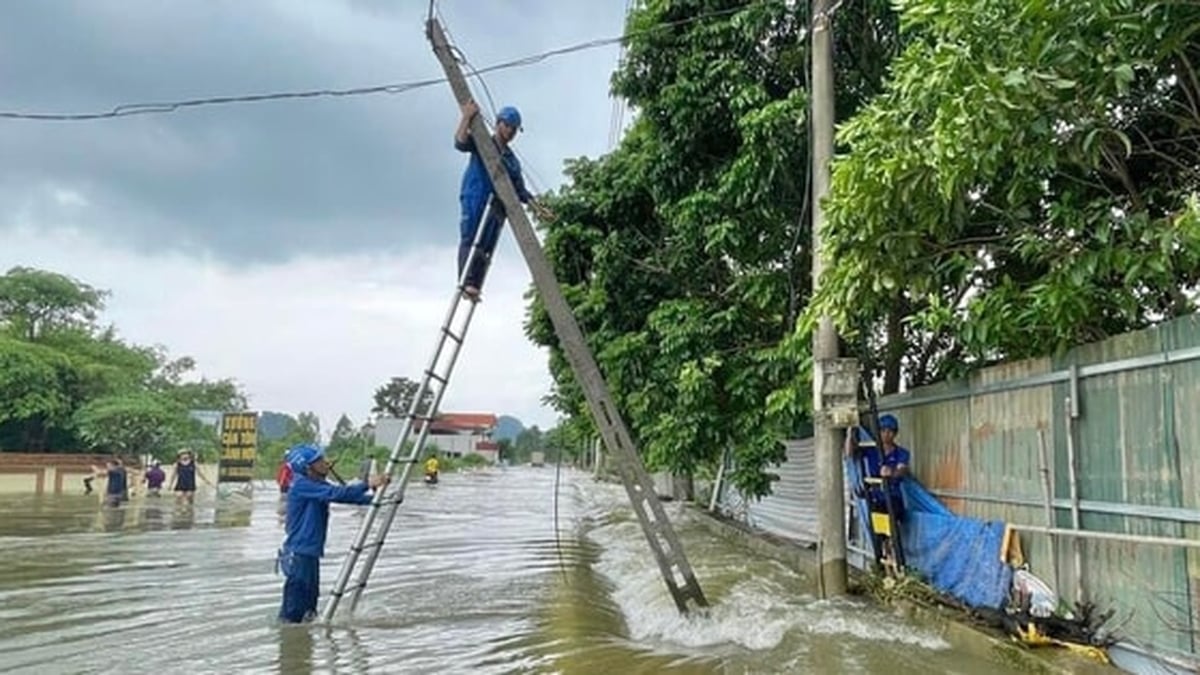

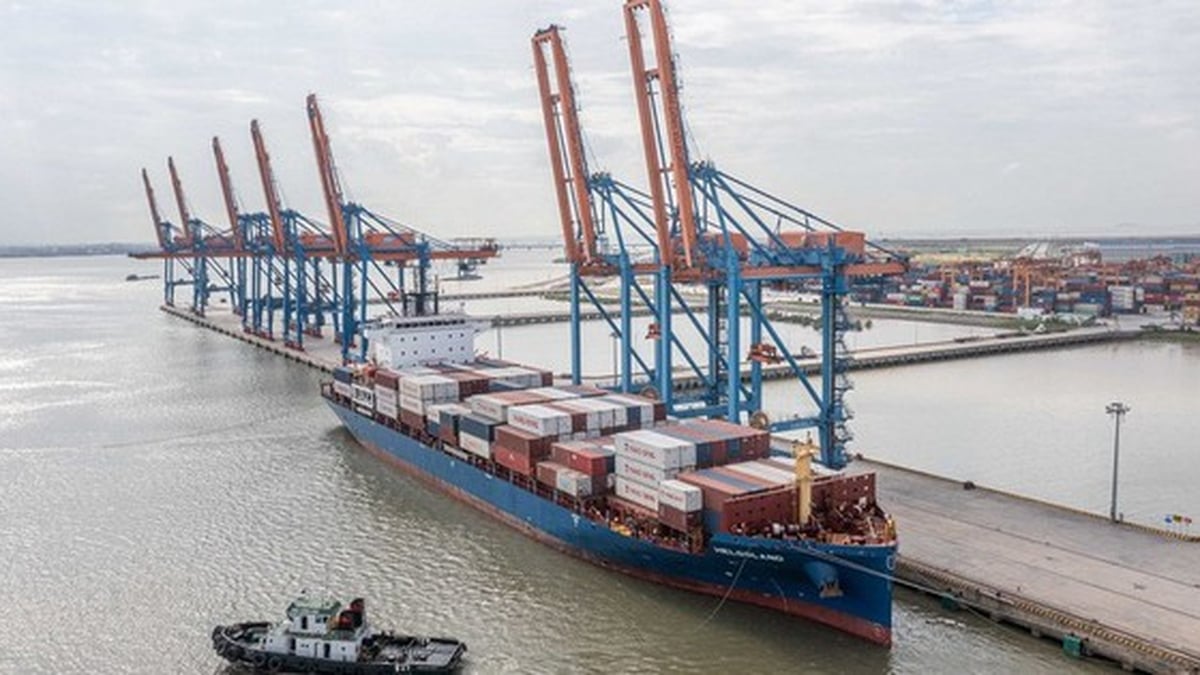
















































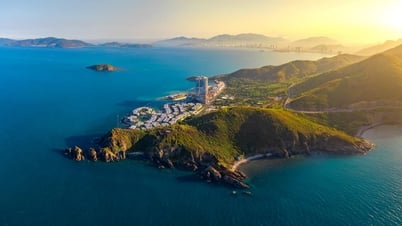


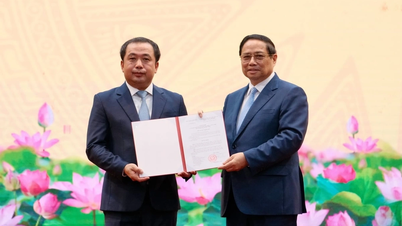








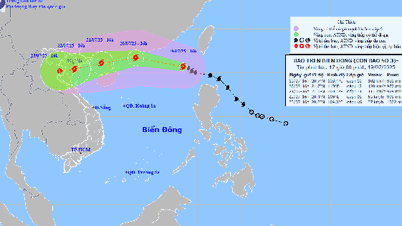

























Comment (0)